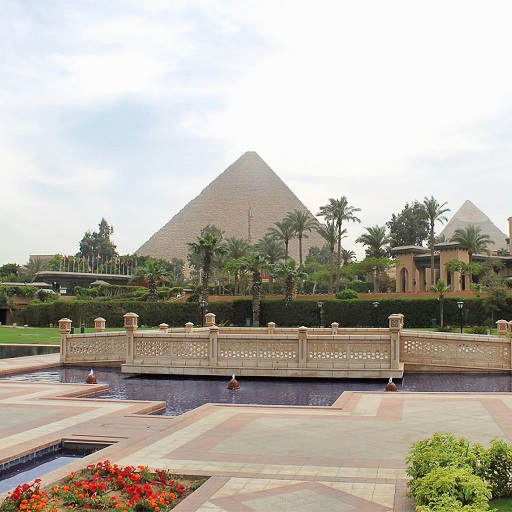
Today the world celebrates the International Day of the Arabic Language, which marks the anniversary of the United Nations General Assembly’s decision to adopt this language as one of the official languages of the United Nations. This celebration dates back to just three years, after the UNESCO Executive Board decided, in October 2012, to dedicate 18 December as World Day to the Arabic Language. The anniversary of the International Day of Language is a convenient opportunity to learn more about some interesting facts about this language.
Among the most spoken languages in the world
The United Nations estimates that Arabic is the mother tongue of more than 290 million people in the world, most of them in the Arab world. Added to them are 130 million who speak it as a second language. The same statistics expect the number of speakers to become 647 million in 2050, which will constitute 6.94 percent of the world’s population.
The world’s fourth language
The Arabic language is currently ranked fourth in the rankings of the most prevalent languages in the world after English, French, and Spanish, thus Arabic is one of the most widely spoken languages in the world.
Semitic language is steadfast
The Arabic language is one of the few Semitic languages that have survived history. Semitic languages are the languages spoken by most peoples in the Middle East, North and East Africa, such as Hebrew, Amharic, and Tigrinya.
One of the richest and most accurate languages of the world
This Arabic language is considered one of the richest languages in terms of words and meanings, the Arabic dictionary exceeds 12 million words according to the electronic dictionary of “meanings”.
Arabic alphabet
The Arabic alphabet consists of 28 letters, and it is the second most widespread alphabet in the world and is used to write many non-Arabic languages such as Persian, Afghan, and Kurdish.
Dotting and movements
The Arabic language was written at the beginning without dotting or movements, and the system of movements was developed in the seventh century AD, while the system of dotting was adopted in the eighth century.
Managing Localized Products in Arabic
The process of localizing a digital product into Arabic is not simple. It requires additional steps before and after the translation process. A language that confuses many non-Arabic speakers who are working here. Especially the marketing and sales departments who work with Content Management Systems. These countries mostly rely on foreign expertise with their ambitious mega projects. It has become crucial to understand this language in-depth as it affects important business aspects such as content management, digital marketing, sales, and most importantly customer experience.
Feel free to leave a message or to Contact Me for an open discussion.
